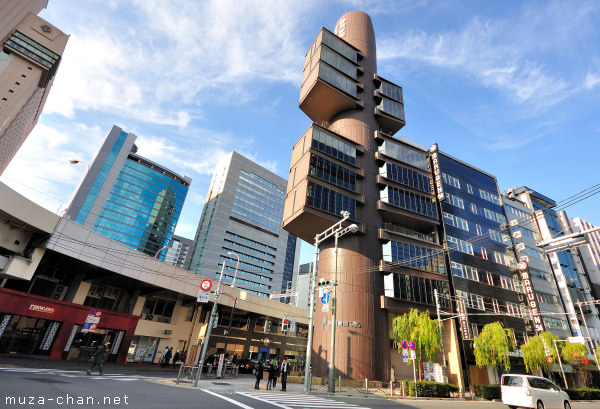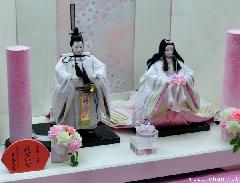At the end of the 1950s, a group of young Japanese architects founded the architectural movement called Metabolism. The name of the movement comes from a term used in biology, referring to the chemical reactions occurring in a living body. These processes are sustaining life, allowing organisms to grow and adapt - and that was the concept behind the metabolist architecture: buildings and cities living like organisms, growing, reproducing and adapting to the surrounding environment…
These impressively beautiful ideas materialized in several amazing buildings, and the most famous of them all is the creation of the architect Kisho Kurokawa, the Nakagin Capsule Tower, built in 1970.
Recently, I discovered and photographed in Tokyo, near the JR Shimbashi Station, another metabolist building, less known but splendid: Shizuoka Press and Broadcasting Center, built in 1967, the creation of Kenzo Tange, one of the most famous Japanese architects.
A truly architectural jewel, the building is made of 5 groups of 2-3 parallelepipeds, varying in size, asymmetrically connected to a round central tower. But I think it doesn’t need description, just look at it:
EXIF Info:
|
Yesterday’s Japan Photo:Hina Matsuri Dolls and a travel tip |



